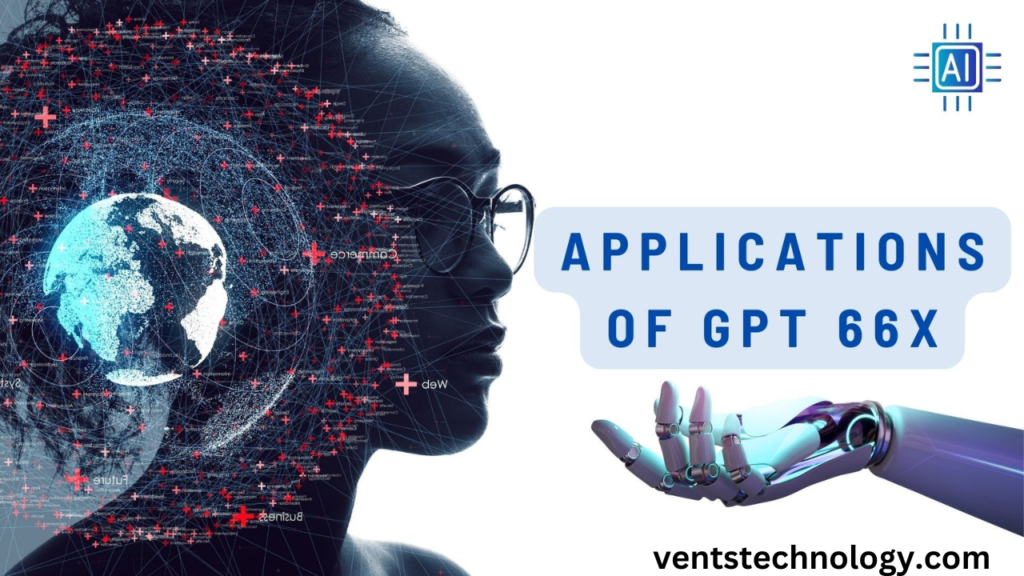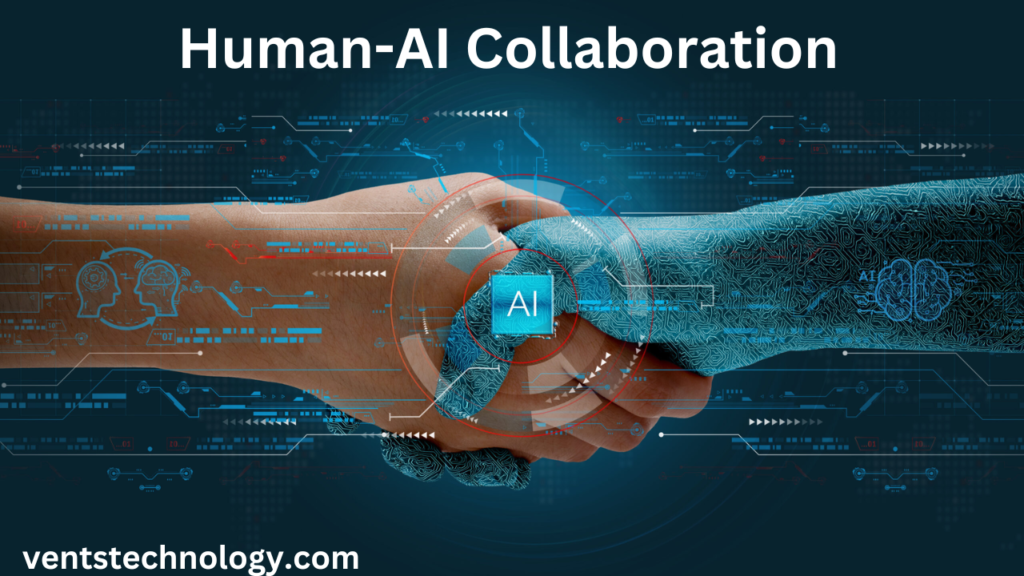Table of Contents
The field of artificial intelligence (AI) has witnessed exponential growth over the past decade, with language models becoming increasingly sophisticated and powerful. Among these, the GPT-66X stands out as a groundbreaking advancement. This article delves into the various aspects of GPT-66X, exploring its architecture, applications, ethical considerations, and future prospects.
1. Introduction to GPT-66X
GPT-66X is the latest iteration in the Generative Pre-trained Transformer series developed by OpenAI. As a natural language processing (NLP) model, it leverages an unprecedented number of parameters—66 trillion—to generate human-like text based on the input it receives. This massive leap in parameters enables GPT-66X to understand and generate text with remarkable accuracy and coherence.
2. Evolution from Previous Models
The journey to GPT-66X began with the original GPT model, which had 110 million parameters. This was followed by GPT-2 and GPT-3, with 1.5 billion and 175 billion parameters, respectively. Each iteration brought significant improvements in text generation capabilities, comprehension, and contextual understanding. GPT-66X represents a quantum leap, pushing the boundaries of what AI can achieve in terms of language processing.
3. Architecture and Design

At its core, GPT-66X retains the transformer architecture that has been central to the success of previous models. The key innovation lies in its scale. With 66 trillion parameters, the model can capture intricate details and subtle nuances in language that smaller models might miss. The transformer architecture, characterized by self-attention mechanisms, allows GPT-66X to process and generate text efficiently, maintaining context over long passages.
4. Training Process
Training GPT-66X involved massive computational resources and datasets. The model was pre-trained on diverse internet text, enabling it to learn grammar, facts, reasoning abilities, and some level of common sense knowledge. This extensive training allows GPT-66X to generate text that is coherent and contextually relevant. The training process also incorporated techniques to mitigate biases and improve safety, though challenges remain.
5. Applications of GPT-66X

The applications of GPT-66X are vast and varied, spanning multiple industries:
- Content Creation: From writing articles and reports to generating creative content like stories and poems, GPT-66X can assist writers and content creators in producing high-quality text efficiently.
- Customer Support: GPT-66X can be integrated into customer service platforms to provide instant, accurate responses to customer inquiries, enhancing user experience.
- Education: The model can serve as a tutor, explaining complex concepts, generating practice problems, and offering personalized learning experiences.
- Healthcare: In the medical field, GPT-66X can help in drafting reports, summarizing patient information, and providing diagnostic suggestions based on input data.
- Research and Development: Researchers can use GPT-66X to sift through vast amounts of literature, generate hypotheses, and even draft research papers.
6. Ethical Considerations
With great power comes great responsibility. The deployment of GPT-66X raises several ethical concerns:
- Bias and Fairness: Despite efforts to reduce biases during training, GPT-66X may still reflect and propagate societal biases present in the training data. Ensuring fairness and mitigating bias is a critical challenge.
- Misinformation: The model’s ability to generate highly realistic text poses the risk of spreading misinformation. Measures must be in place to verify the accuracy of the information it generates.
- Privacy: GPT-66X’s training data includes a vast amount of internet text, which may inadvertently contain sensitive information. Safeguarding privacy and ensuring data security are paramount.
7. Impact on the Job Market
The capabilities of GPT-66X have significant implications for the job market. While it can enhance productivity and create new job opportunities in AI development and maintenance, it may also lead to job displacement in fields like content creation, customer support, and data analysis. Preparing the workforce for these changes through reskilling and education is essential.
8. Human-AI Collaboration

GPT-66X is not just a tool for automation but a powerful collaborator. By working alongside humans, it can augment human capabilities, enabling professionals to achieve more in less time. For instance, in creative fields, GPT-66X can provide inspiration and assist in brainstorming, while in technical fields, it can help in drafting documents and conducting preliminary research.
9. Enhancements in Understanding Context
One of the standout features of GPT-66X is its improved understanding of context. Unlike earlier models, which could lose track of context over long passages, GPT-66X maintains coherence and relevance throughout extended text. This makes it particularly valuable for applications requiring detailed and sustained engagement, such as writing long-form content or engaging in complex dialogues.
10. Challenges in Deployment
Despite its advancements, deploying GPT-66X in real-world applications comes with challenges:
- Scalability: The sheer size of the model requires substantial computational resources, making it expensive to deploy at scale.
- Latency: Ensuring real-time performance with such a large model can be challenging, particularly in applications requiring instant responses.
- Ethical Use: Establishing guidelines and policies to govern the ethical use of GPT-66X is crucial to prevent misuse and ensure it benefits society.
11. Future Prospects
The future of GPT-66X and similar models is promising. Continued advancements in hardware, such as quantum computing, could further enhance the capabilities of AI models. Additionally, ongoing research in reducing biases, improving interpretability, and ensuring ethical use will be pivotal in shaping the future of AI. GPT-66X could pave the way for even more powerful models, revolutionizing industries and transforming the way we interact with technology.
12. Conclusion
GPT-66X represents a monumental step forward in the field of artificial intelligence. Its unprecedented scale and capabilities open up new possibilities across various domains. However, realizing its full potential requires addressing ethical concerns, ensuring fair and responsible use, and preparing society for the changes it brings. As we stand on the brink of this new era, the collaborative efforts of researchers, policymakers, and industry leaders will be crucial in harnessing the power of GPT-66X for the greater good.